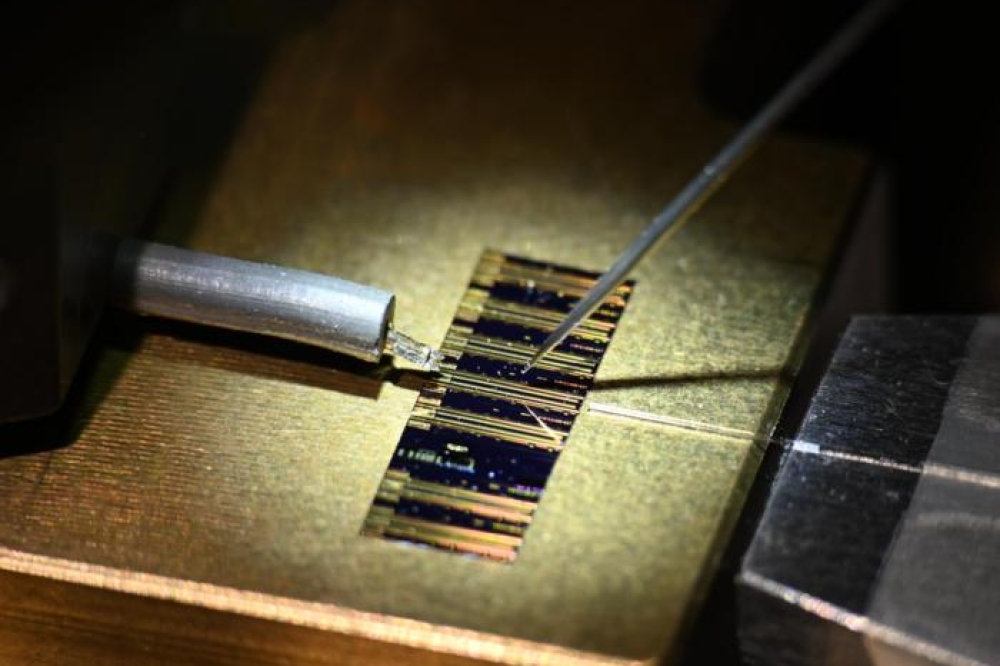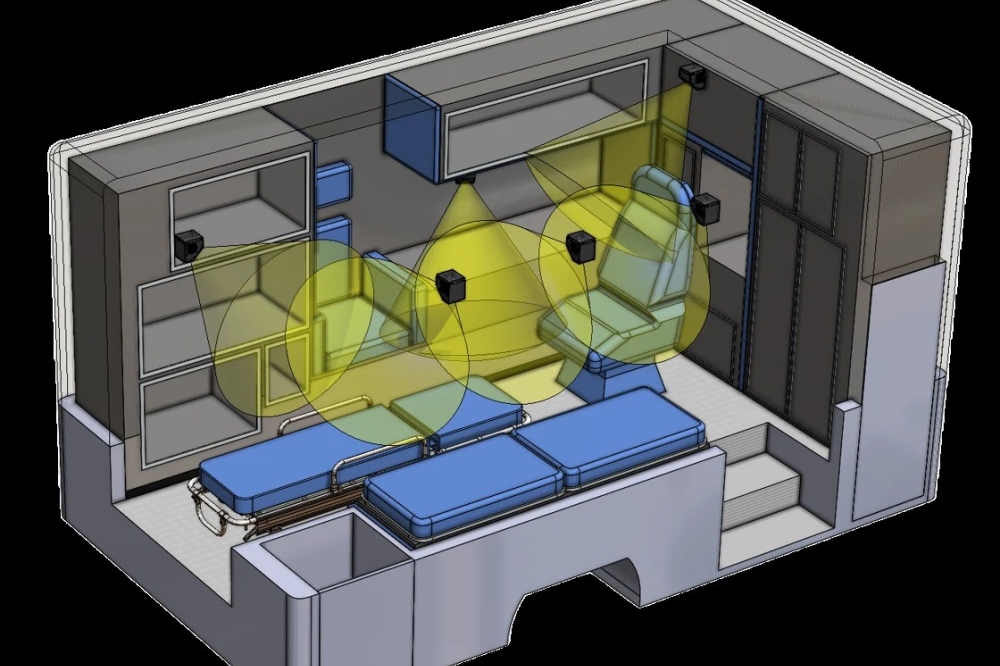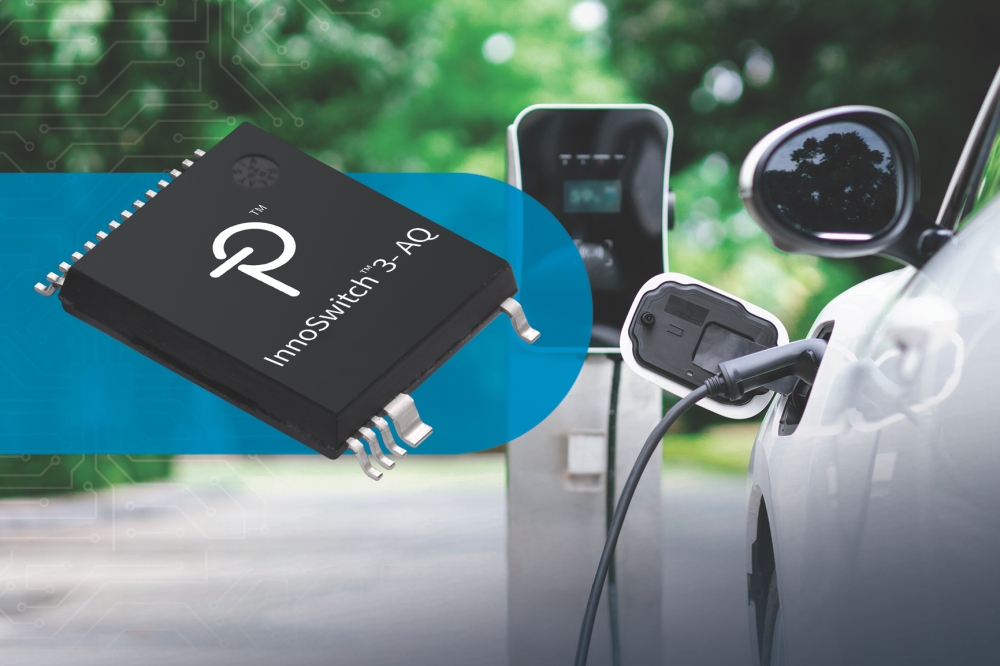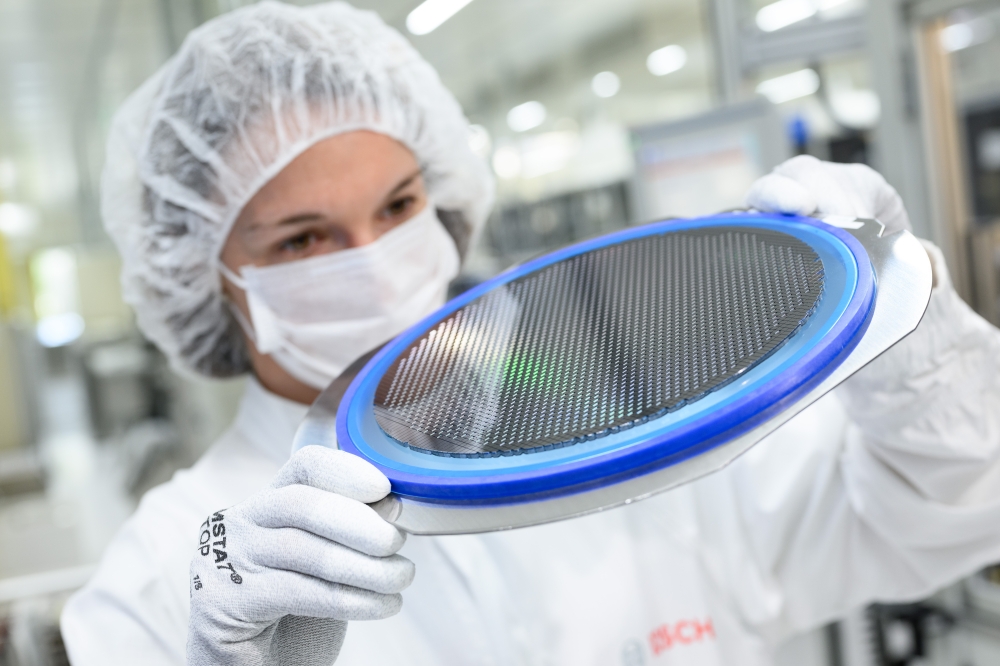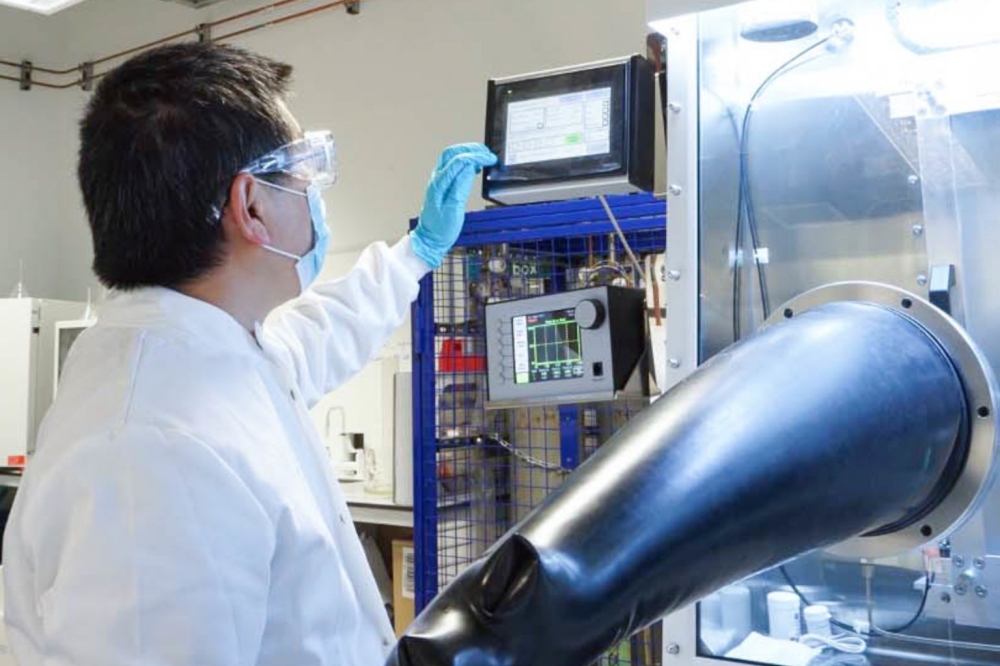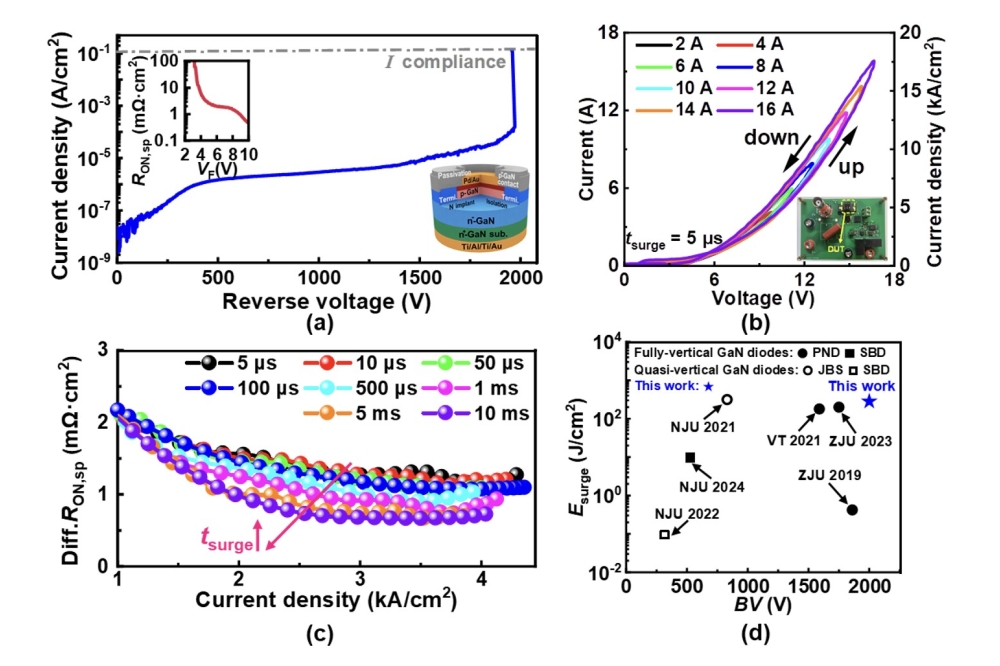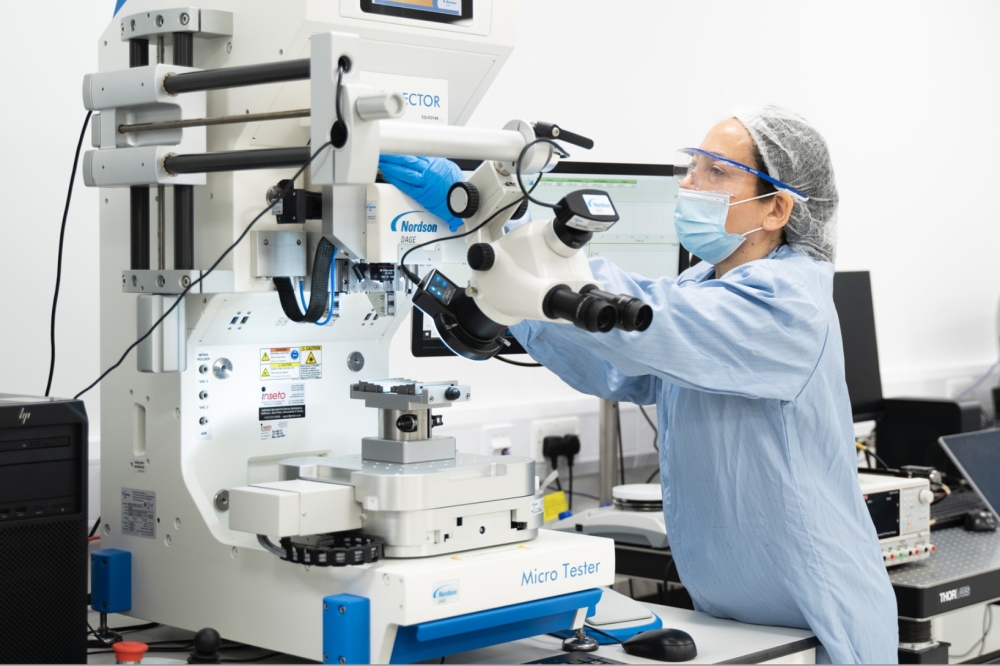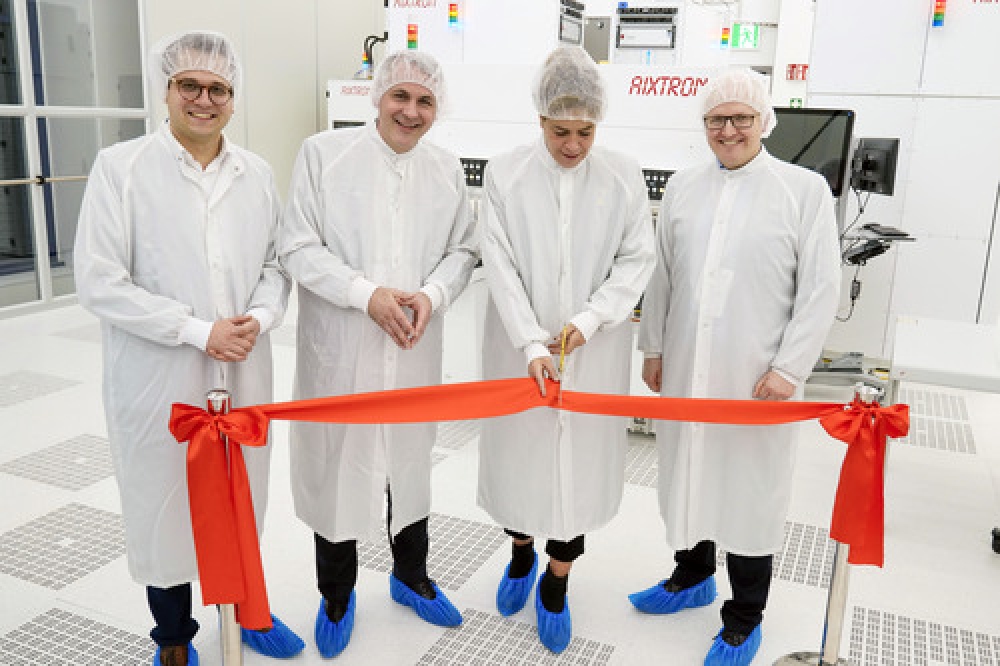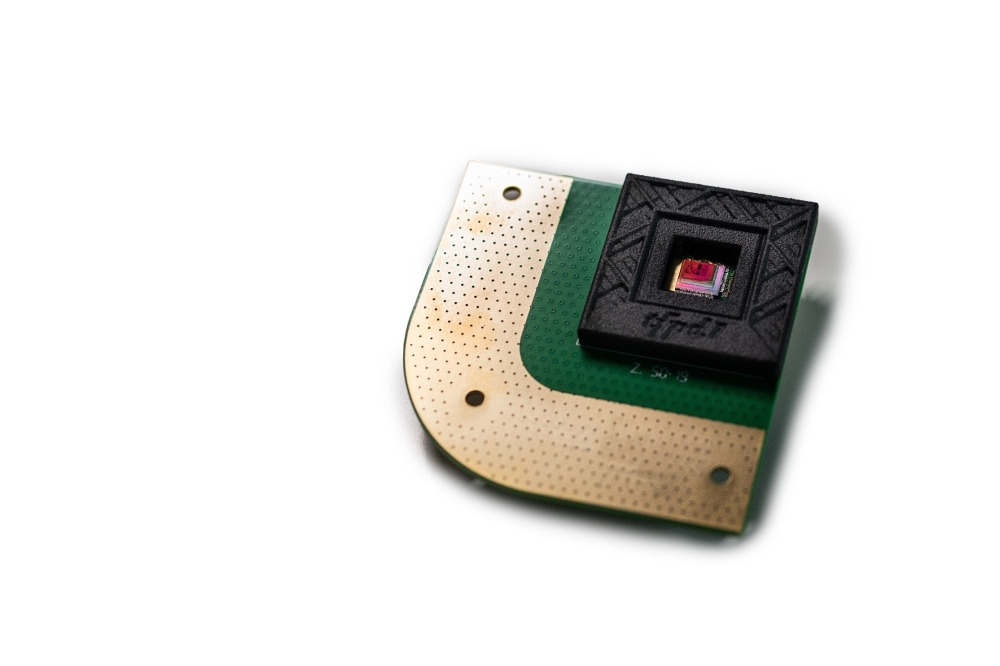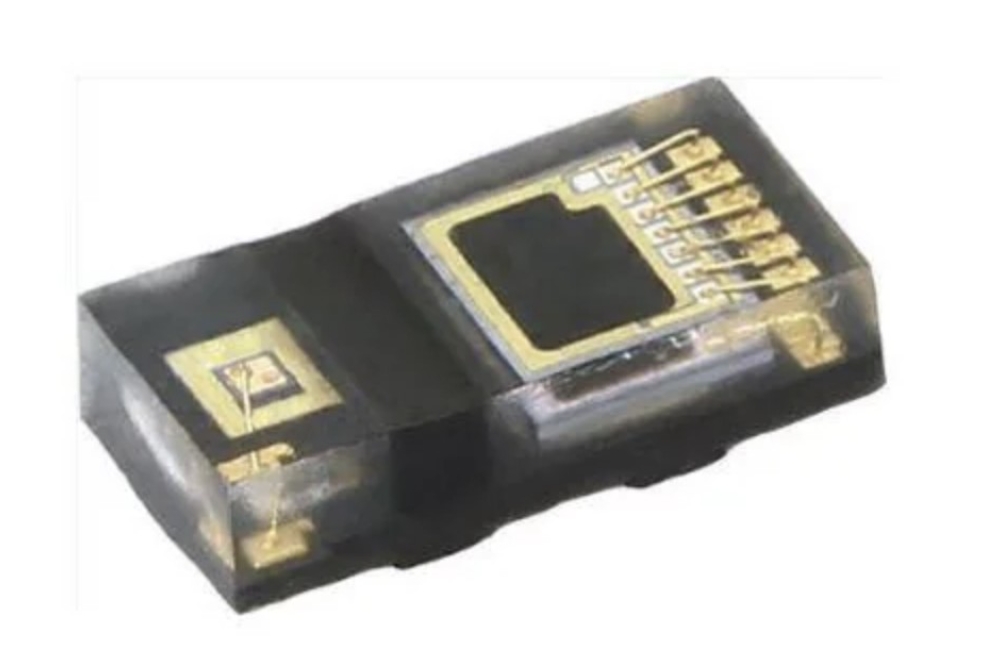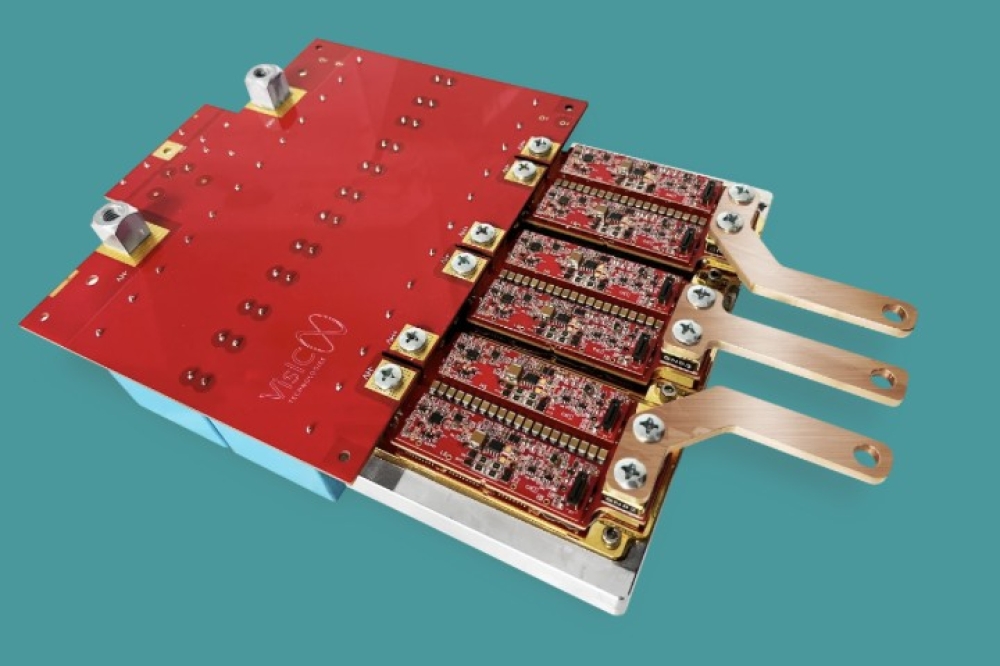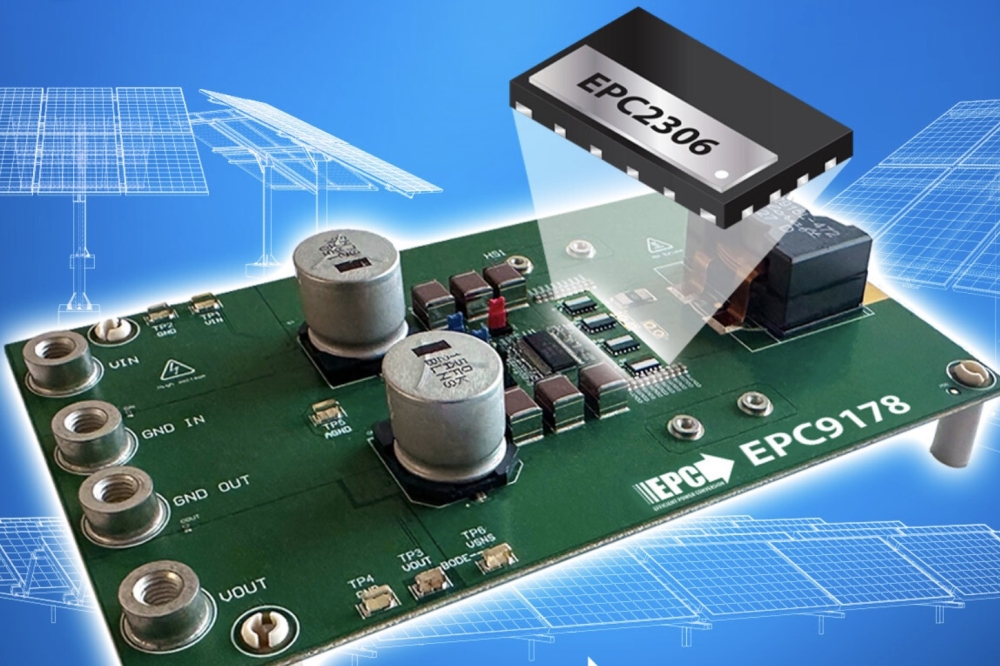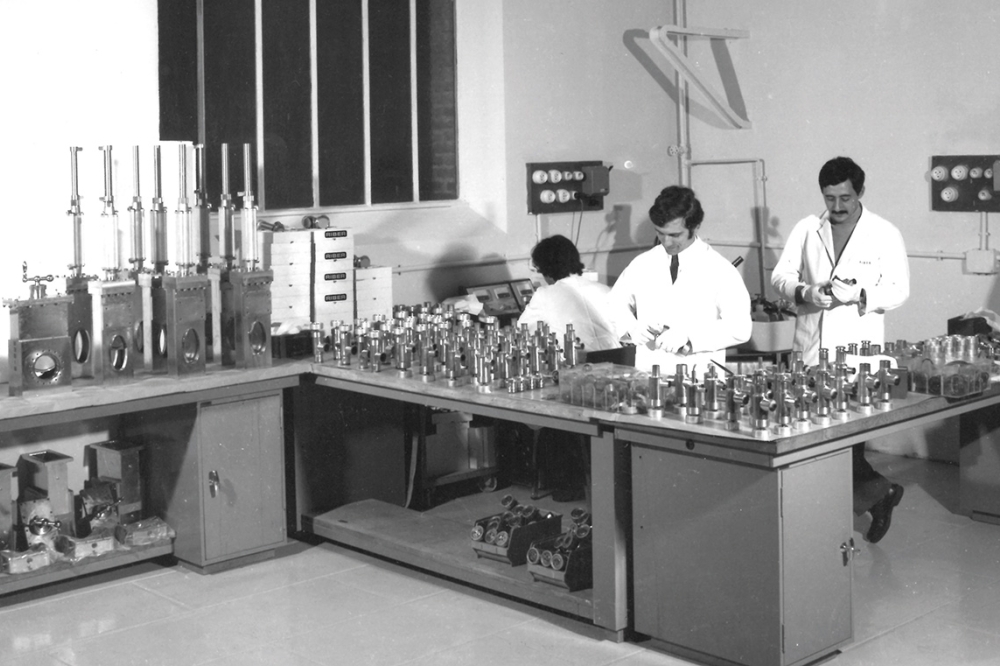Electron Leakage can improve Efficiency Droop
Electron leakage can, in some cases, significantly improve efficiency droop in wide-well InGaN double-heterostructure (DH) LEDs according to researchers at the Chang Gung University, Taiwan.
However, the peak external quantum efficiency (EQE) is decreased and the start point of efficiency drop shifts to a higher current density.
The latest results are contrary to previous results which have indicated carrier leakage from multiple quantum wells (MQWs) can cause efficiency droop. The researchers also found that inserting an extra Mg-doped GaN/InGaN/GaN quantum well structure on the p-side of the electron blocking layer data showed electron overflow.
Lin, a lead member of the team, commented when driving LEDs at a current density greater than 80 A/cm2, other than reduced Auger recombination, the efficiency droop is probably dominated by the injection efficiency of holes rather than electron leakage in the wide-well InGaN DH LEDs.
The team compared the performance of two LED structures (see Figure 1). The active region, identical in both LEDs, is shown in blue. The electron blocking layer (EBL) was 20nm thick p-type Al0.1Ga0.9N.
 Fig. 1 Schematic structures of control sample (LED-1) on the left and other sample (LED-2).
The researchers compared the EQE and efficiency droop of the control sample (LED-1) to that of a sample with a 3.5-nm-thick undoped In0.25Ga0.75N test well inserted between the p-type Al0.1Ga0.9N EBL and p-type GaN layer (LED-2). In order to improve the electron overflow into the test well, the p-type Al0.1Ga0.9N EBL was reduced to 5 nm.
Fig. 1 Schematic structures of control sample (LED-1) on the left and other sample (LED-2).
The researchers compared the EQE and efficiency droop of the control sample (LED-1) to that of a sample with a 3.5-nm-thick undoped In0.25Ga0.75N test well inserted between the p-type Al0.1Ga0.9N EBL and p-type GaN layer (LED-2). In order to improve the electron overflow into the test well, the p-type Al0.1Ga0.9N EBL was reduced to 5 nm.
 Fig 2. EQE of samples LED-1 and LED-2 as a function of forward current density
Fig 2. EQE of samples LED-1 and LED-2 as a function of forward current density
The EQE of the control sample reached a maximum of 11% at 83.4 A/cm2, then, dropped rapidly to 5.66% at 521 A/cm2. For LED-2, the EQE reached 7.96% at 208.6 A/cm2 and decreased monotonically to 6.12% at 521 A/cm2. LED-1 exhibited a significant drop of 48.5% in EQE in the measurement range of 83.4 to 521 A/cm2, while the EQE drop of LED-2 was only 23.1% in the same measurement range. Chang said that the team will now focus on further improving the injection efficiency of holes through optimisation of the structure of the p-type EBL. Further details of this work are published in the paper “Effect of Electron Leakage on Efficiency Droop in Wide-Well InGaN-Based Light-Emitting Diodes”, by Liann-Be Chang, Mu-Jen Lai, Ray-Ming Lin, and Chou-Hsiung Huang, Applied Physics Express 4(2011) 012106 DOI: 10.1143/APEX.4.012106

